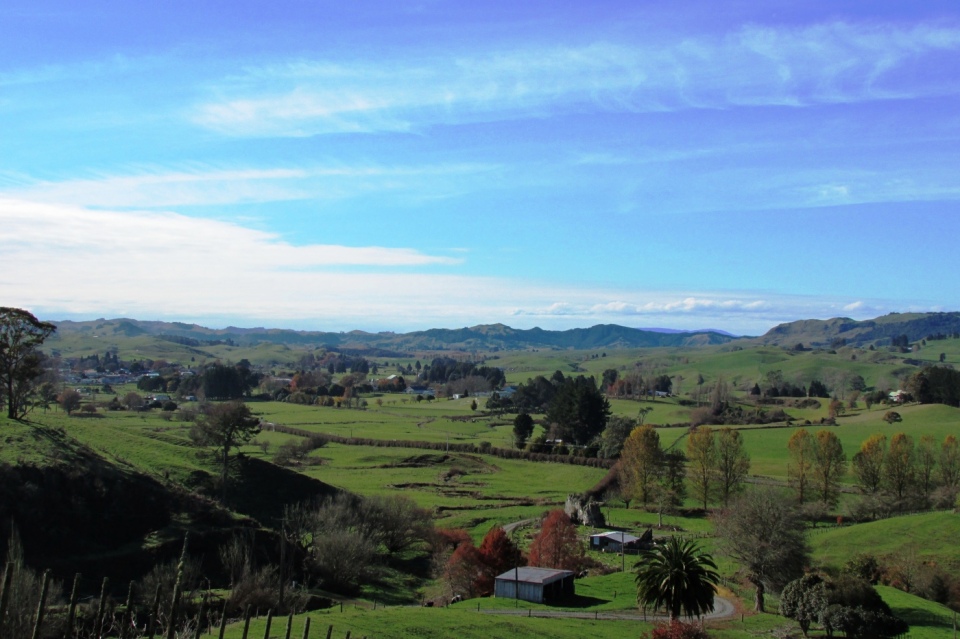Piopio's history
The Piopio area has a rich Maori history. Our people are Ngati Maniapoto from the Tainui canoe. The Mokau River is culturally significant to Maori people. Before European settlement, it was a major transport route and food source. There are many former pa and camp sites on the river. Kahuwera Hill (a 378 metre hill east of Piopio) is thought to have been settled for at least 600 years. It was called Whare-Wananga, or house of learning. In pre-European times our area was an important communication route as it was the cross roads of several different tribes. The large Pa at Arapae, north of Piopio, was a gateway for travellers enroute to or from Taranaki. The current Piopio Village is not thought to have been a significant settlement.
A small number of European missionaries and surveyors lived in the area in the 1800’s. Widespread European settlement came relatively late. This was because the King Country, or ‘Te Rohe Potae’ was closed to European traders. The first European settlements were in the Aria, Puketiti and Paemako districts in the late 1890’s. At the Piopio museum you can see photographs taken during this period.
Fifty years ago Piopio was a self-sufficient town with a post office, two banks, four garages, a doctor's surgery, chemist, draper's shop and a bakery. A large District High School educated five to seventeen year old students. Due to the size of the district the school had more buses than any other in New Zealand. The buses also travelled the longest daily route.
In the mid 2000s, residents became concerned that the village was in decline. Some well attended public meetings led to the Project Piopio Trust being formed. A new development plan built Piopio's commercial development, communication and marketing. Community members organised artworks, a Memorial Hall upgrade, and social events. Today's vibrant Piopio community is a result of a huge volunteer effort.


